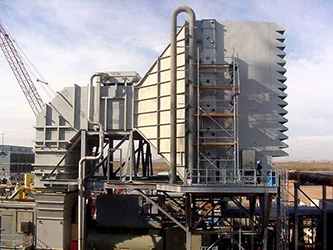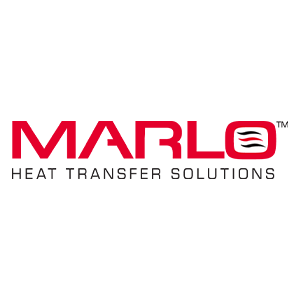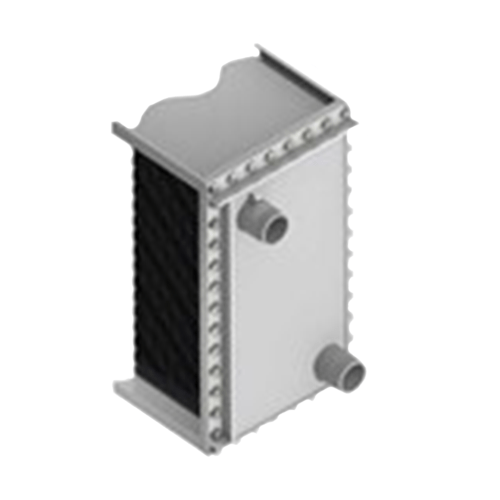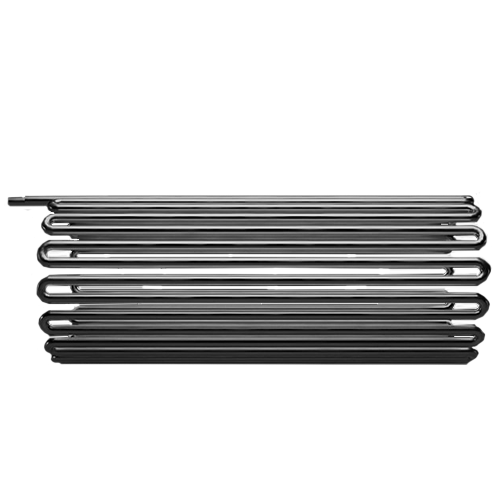Description
Turbine inlet cooling systems condition the incoming air to a lower temperature increasing air density and mass flow rate. The process restores the performance of the turbine to its peak capacity regardless of the weather.
Heating coils are used to improve the efficiency of the GT in turn down situations. They are also used to reduce the possibility of icing in certain regions. Marlo has provided bare tube coils as well as standard fin and tube coils. These are recommended for heating installations to improve the performance of the GT.
Our standard Turbine Inlet Coils are approved by all major turbine manufacturers. All coils feature integrated lifting lugs and fully drainable circuits. Marlo offers optional corrosion preventative coatings, materials, and flexible duct mounting hole sizes and locations.
We have in-house resources to help you size the equipment to meet your cooling needs and minimize air pressure drop through the system. Improve turbine performance with a quality Marlo cooling coil, the most important part of your inlet system.
- Design and test to given pressure requirements
- Various materials options
- Corrosion preventative coating
- Flexible duct mounting arrangement
- Integrated lifting provisions






